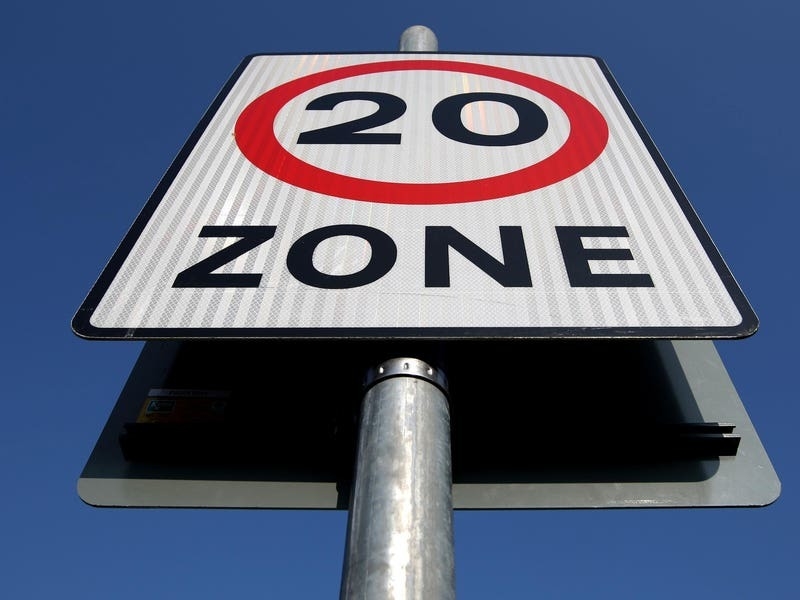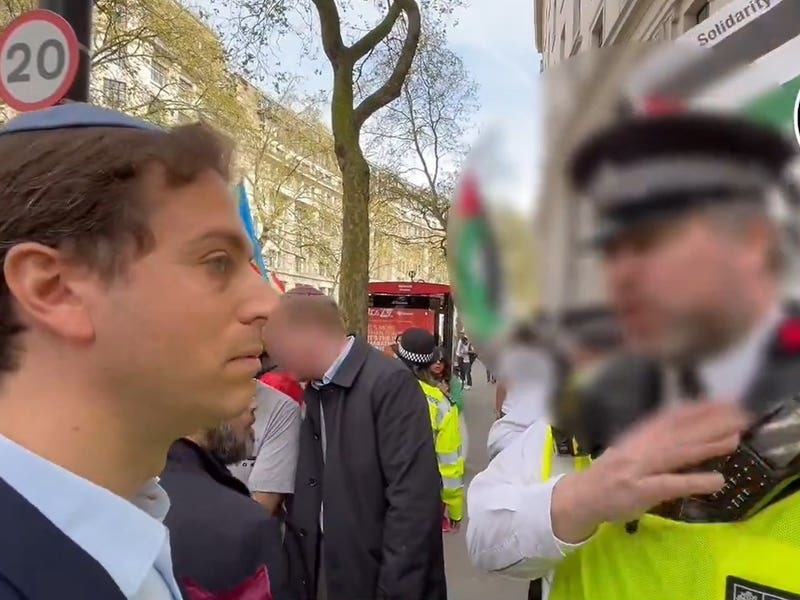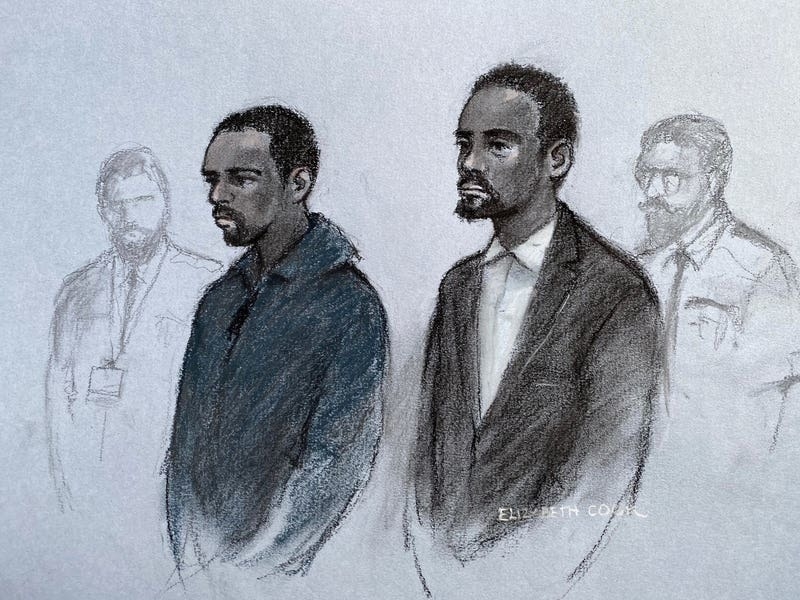The statistics, which include everything from minor collisions to more serious crashes that have resulted in injuries, were revealed following a freedom of information request submitted by the JEP.
The information shows that the Island has seen 1,957 road traffic collisions since the start of 2018, with 729 of those happening in 2019.
Infrastructure Minister Kevin Lewis said work was ongoing in his department to improve safety on roads and at junctions around the Island.
He said: ‘It is quite a high figure. The amount of traffic is a concern and we are trying to reduce that by getting people onto public transport.
‘The Infrastructure Department is working hard to make a number of improvements to roads and junctions, and that is going on Islandwide to encourage people to slow down and drive with care.’
Today the figures are explored as part of a two-day feature the JEP is running on collisions and road safety measures.
On average this year, 104 crashes happened every month up to the end of July, with figures showing an average of 102 incidents a month for the whole of 2018.
Between 2017 and 2018, the overall number dropped from 1,405 to 1,228, with the majority of the incidents in the past two years occurring in St Helier – 810 in total.
St Saviour was the parish with the second-highest number of road traffic collisions, with 219 incidents taking place.
The figures come after two serious crashes on Jersey’s roads in the space of a week.
A 29-year-old woman suffered fractured ribs and a partially collapsed lung after her car hit a wall near Lloyds Bank on Bagatelle Road in St Saviour on Thursday.
And the following evening a crash on Queen’s Road, which has seen 32 incidents since the start of 2018, resulted in a parked vehicle being smashed into the side of a house.
A spokeswoman for the States police said the majority of RTCs happened on the Island’s busier roads and resources were deployed to target drivers in problem areas.
She added: ‘We would say that these are main roads and, as such, they have a higher density of traffic on them compared to the smaller roads. Therefore it seems logical that the majority of RTCs will happen on the busier roads.
‘This could also be attributed to the size of the roads. They are wider and offer the driver a more tempting opportunity to speed.
‘SoJP keep accurate data as to where collisions occur and are intelligence led so that resources can be deployed appropriately to target those drivers who are intent on speeding on our roads.’






